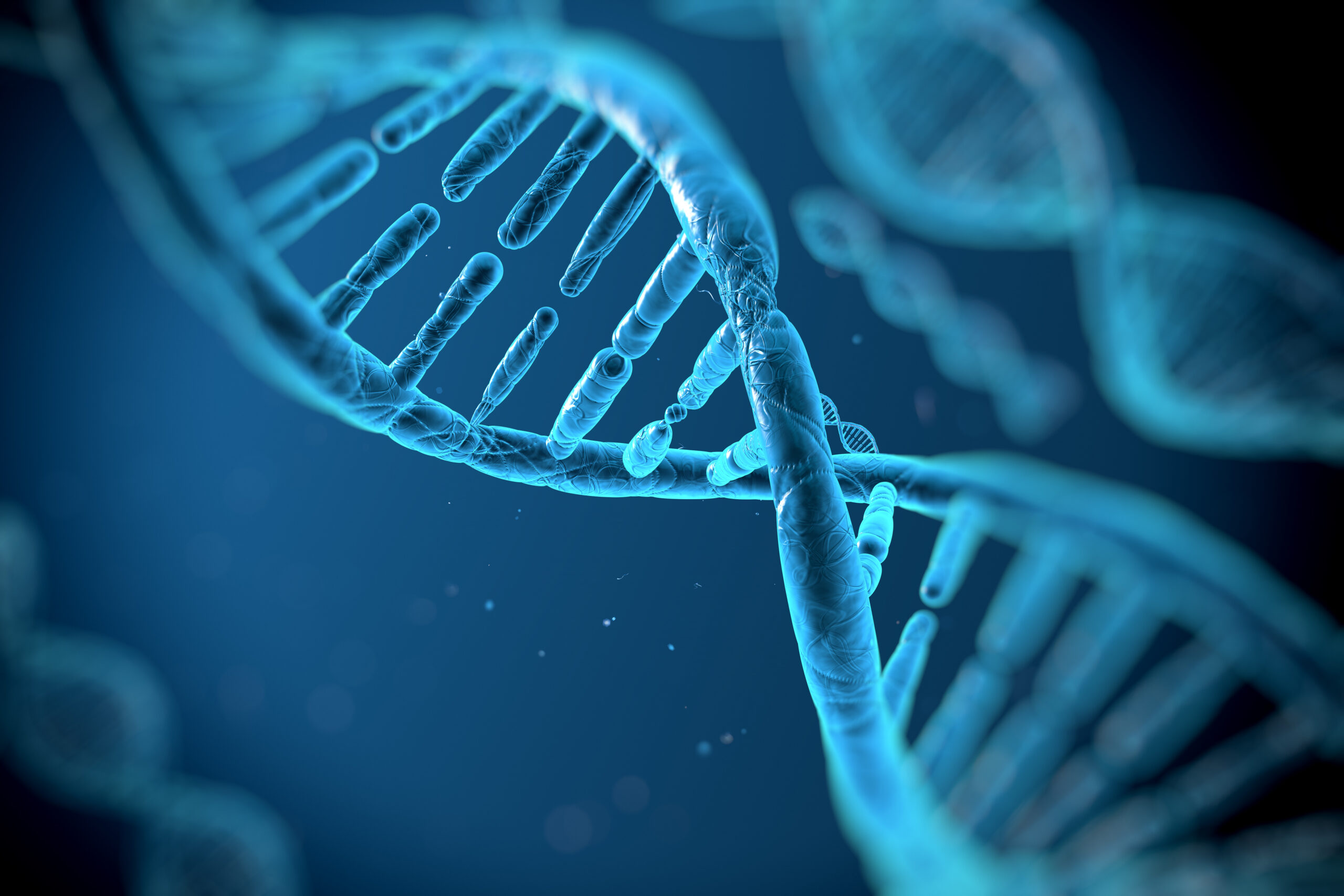Characterised by secrecy and shame, eating disorders are often not easily identified or treated, let alone cured.
However, new research regarding an individual’s genetic predisposition to developing an eating disorder may hold the key to identification of risk, and even prevention.
Experts suggest 20 per cent of those estimated to be living with an eating disorder seek treatment, and of those who do, treatment will only be effective in 40-50 per cent of cases, which makes prevention programs vital to counter-balancing the suffering, morbidity, and mortality associated with disordered eating.
Researchers are promoting The Body Project – a cognitive, dissonance-based intervention for young women and teens, developed to help high school and college-aged women resist the socio-cultural pressure that encourages the internalisation of a “thin-ideal.”
Demonstrating the benefits of The Body Project, data from eight, randomised prevention trials demonstrate that a targeted treatment program does help to reduce thin-ideal internalisation, body dissatisfaction, negative mood, unhealthy dieting, and eating disorder symptoms among high school and college age women.
This intervention program has also been found to reduce risk for future onset of threshold and sub-threshold eating disorders, with some evidence intimating The Body Project intervention reduces the risk for future onset of obesity, results in improved psycho-social functioning, and reduces mental health care utilisation.
Leading Australian eating disorder physician, Dr Sloane Madden, argues eating disorders, such as anorexia nervosa are serious, neurobiological disorders with manifested behaviours that are out of the individual’s control.
“The last 20-30 years have shown us eating disorders are a biological condition. They affect the brain, and have a strong genetic background.
“Brain research also shows people manage emotions around food and manage appetite very differently to those who don’t have eating disorders,” said Dr Madden.
“One of the things we have recently completed is the ANGI [Anorexia Nervosa Genetics Initiatve] study. We took blood from thousands of people who have had anorexia to help us identify which genes in particular, put people at risk of developing an eating disorder, so we can intervene early, perhaps targeting treatment.”
ANGI supports the argument that there is a genetic component to eating disorders. However, SANE Australia argues there is no single aetiology, and the cause is most likely due to a combination of factors, including genetics, personal variables, psychological processes and social influences.
Based upon this multi-factor aetiology, a range of solutions are most likely required to address the unique explanations for an individual’s disorder that cause an obsessive and uncontrollable response to food.
To learn more about the selective eating disorder prevention program, The Body Project, click this link.



